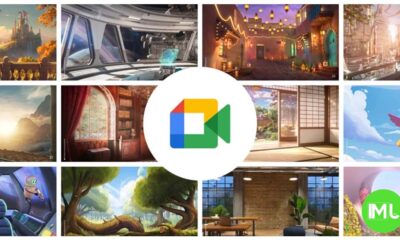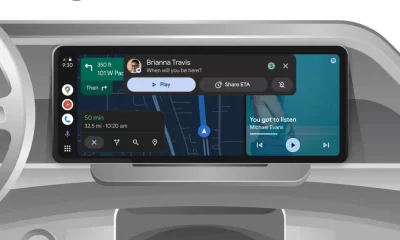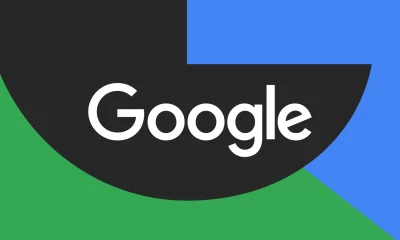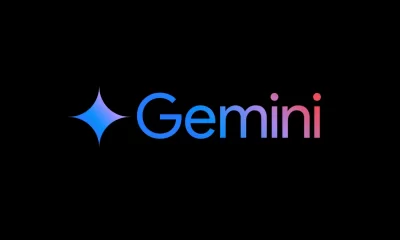Google enhances Photos with complex HDR edits, expands YouTube premium lite, and retires original Meet app

Google has introduced several significant updates across its products, including enhanced editing capabilities for Pixel devices in Google Photos, the expansion of the YouTube “Premium Lite” plan to more countries, and the retirement of the original Google Meet app.
Advanced Editing in Google Photos with Ultra HDR Retention on Pixel
Google Photos now supports complex image edits while retaining Ultra HDR quality on Pixel 8 and newer devices. Previously, editing beyond basic cropping or rotating would convert the image into SDR (Standard Dynamic Range), losing the HDR (High Dynamic Range) quality. The main challenge was dealing with the metadata called Gain Map, which records brightness information for HDR images. Without addressing the Gain Map, editing could result in noticeable artifacts like “ghosting.”
Google’s solution is a machine learning (ML) model that predicts and reconstructs the missing HDR metadata after editing. The model is based on a large dataset of HDR and SDR images, enabling it to generate an accurate Gain Map. This ensures that tools like Magic Eraser, Photo Unblur, and Magic Editor can now work seamlessly with Ultra HDR images. Google’s approach to training this lightweight model has made it possible to run it efficiently on mobile devices, and it uses less than 1MB of space.
This update provides users with the ability to make advanced edits on their Pixel devices while maintaining the full quality of Ultra HDR images, improving the overall photo editing experience for Pixel 8 and newer devices.
YouTube Expands “Premium Lite” Plan with Limited Ads
YouTube’s “Premium Lite” plan, which offers an ad-free viewing experience at a lower price point, is being tested in more countries, including Australia, Germany, and Thailand. Priced at roughly half of the standard YouTube Premium plan, “Premium Lite” only removes ads from YouTube, without offering additional features like offline downloads, YouTube Music, or background play.
While the full Premium plan provides a completely ad-free experience, the “Lite” version only limits ads, making it a more affordable option for users who just want to reduce interruptions during videos. In Australia, the plan costs $11.99/month, compared to the $22.99/month for full Premium. Similar prices are being tested in other regions.
Google has confirmed this expanded trial, though it remains uncertain whether the plan will roll out globally. This move comes as YouTube continues to increase prices for its Premium plans, even for long-term subscribers, while also growing its subscriber base, which now includes over 100 million users worldwide.
Retirement of the Original Google Meet App
Google has officially retired the original Google Meet app, which started as “Hangouts Meet” and later transitioned to “Meet.” The original app was largely used by enterprise customers, and while it continued to function for meetings via links or codes, it has now been discontinued.
Users trying to join meetings via the old app are redirected to the new Google Meet, which has absorbed features from the popular Google Duo app. The new Meet app now supports features like real-time reactions, direct calling between Meet users, and several new updates designed to enhance personal video calling. The old Meet app is no longer available for download, and users are encouraged to switch to the updated version.
Google’s ongoing improvements to Meet include features like an enhanced user interface, live captions, and an audio-only mode for users on the go. This consolidation of the Google Meet experience aims to streamline video calling by offering a single, fully-featured app.
In summary, Google continues to refine its products to enhance user experiences. Whether it’s retaining HDR quality in Google Photos, offering more affordable YouTube plans with fewer ads, or simplifying its video-calling platform, Google’s latest updates reflect its focus on improving the efficiency and functionality of its services for users worldwide.
Google Meet gets a fresh new look with Material 3 design
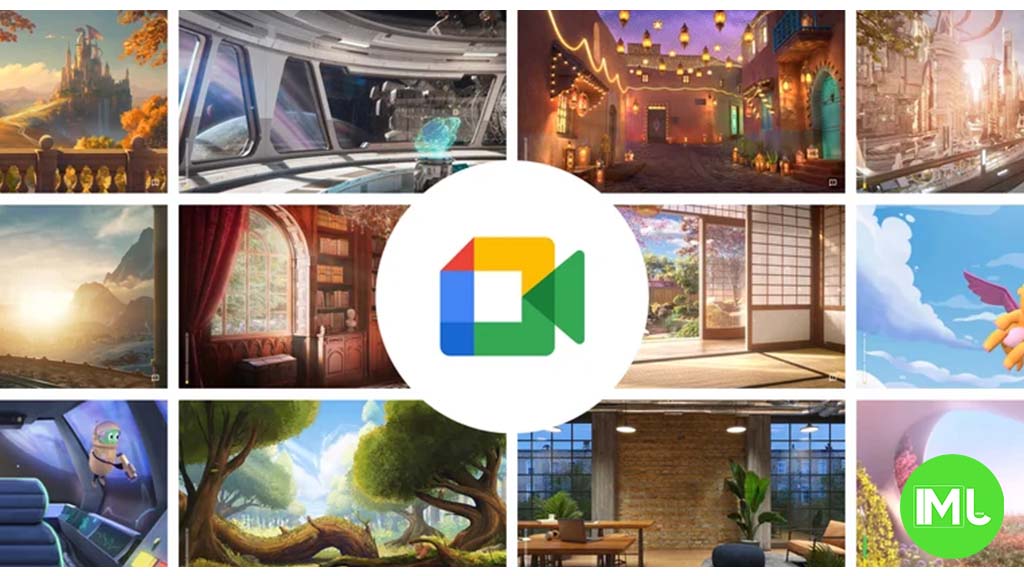
Google Meet is getting a big update to its look, thanks to the new Material 3 design. This change brings a cleaner and more modern style to the video calling app, making it easier and more enjoyable to use.
With Material 3, Google Meet now has rounder buttons, softer colors, and better spacing between elements. The main controls, like the microphone, camera, and end call buttons, are now larger and easier to tap. The icons and text are also clearer, which helps users find what they need quickly during a call.
Another improvement is the new “expressive” color system. This feature lets the app’s colors match your device’s wallpaper or theme, giving each user a unique and personalized experience. The changes also make Google Meet more accessible, as the new design is easier to read and use for everyone, including people with vision difficulties.
These updates are rolling out to both web and mobile versions of Google Meet. Google says the new look will help people feel more comfortable and focused during their meetings. Overall, the Material 3 update makes Google Meet not only look better but also work better for all its users.
Android
Easy ways to change Android Auto’s look with light and dark themes
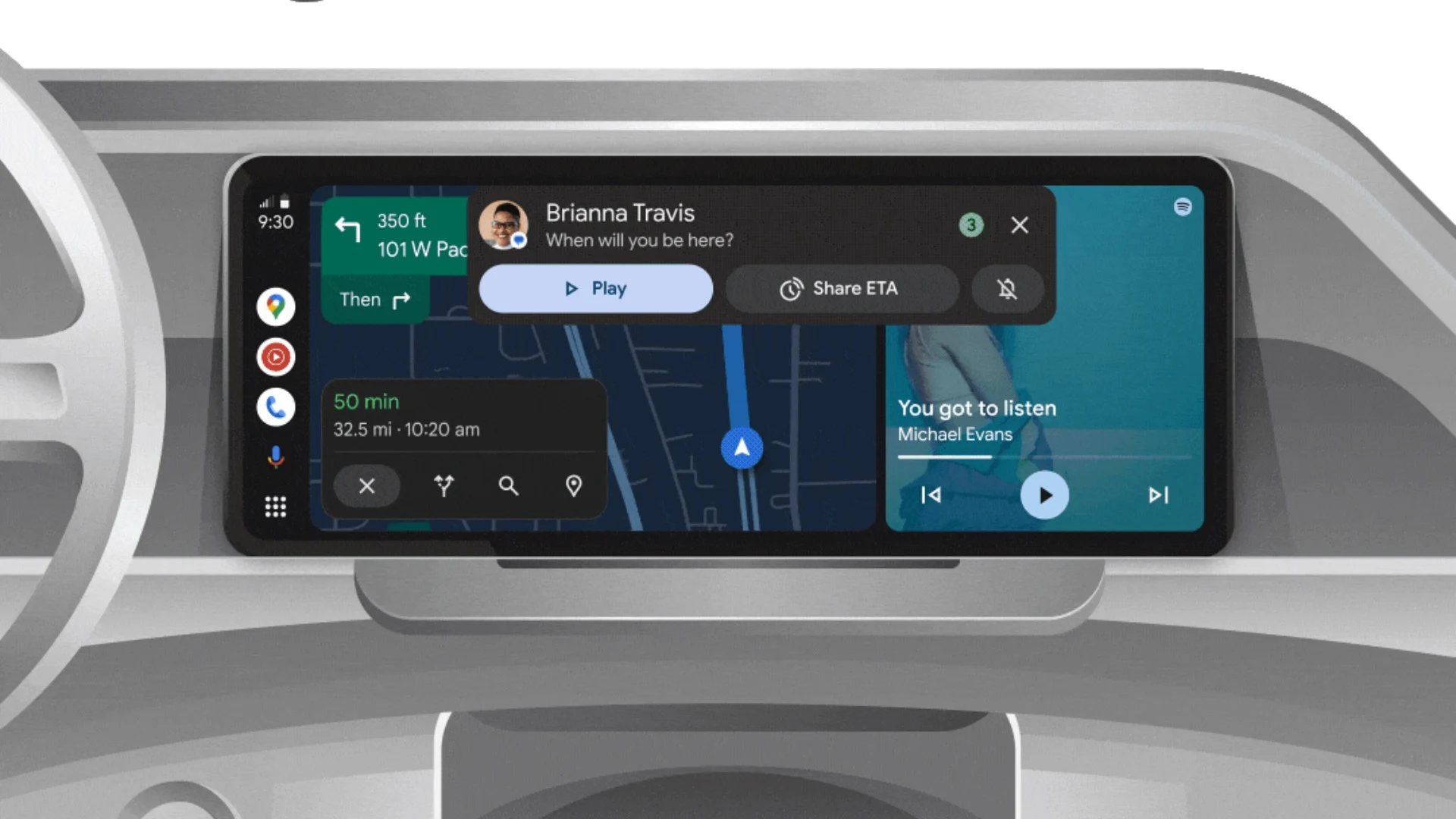
Android Auto is a helpful tool that lets you use your phone’s apps safely while driving. It connects your phone to your car’s screen, making it easier to use maps, music, and calls. One of the features many people like is the ability to change how Android Auto looks by switching between light and dark themes.
How to switch between light and dark themes
Android Auto offers two main themes: light and dark. The light theme uses brighter colors, which can make the screen easier to see during the day. The dark theme uses darker colors, which can be more comfortable for your eyes at night or in low light.
To change the theme, follow these steps:
- Open the Android Auto app on your phone.
- Go to the settings menu.
- Find the “Theme” option.
- Choose between “Light,” “Dark,” or “Set by car” (this lets your car decide the theme based on the time of day or your car’s settings).
Why themes matter
Using the right theme can make driving safer and more comfortable. The light theme is good for bright days, while the dark theme helps reduce glare at night. Having these options means you can pick what works best for you, making Android Auto easier to use in any condition.
In short, Android Auto’s theme options are simple to use and help you drive more safely by making the screen easy to see, no matter the time of day.
Google Drive and Files by Google get fresh updates for easier use
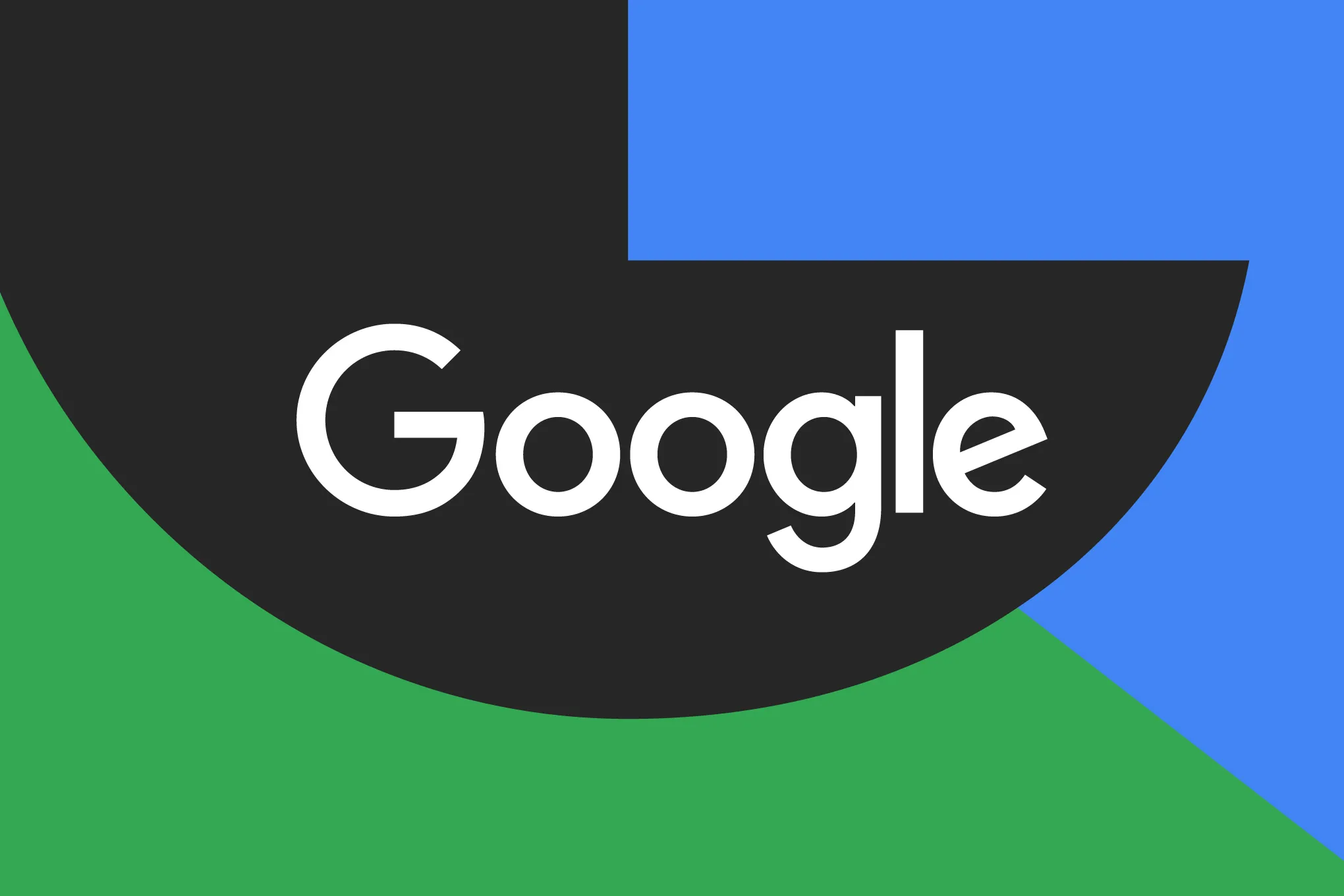
Google is rolling out some helpful updates to two of its popular apps: Google Drive and Files by Google. These changes are designed to make managing your files and watching videos much smoother.
First, Google Drive is getting a new video player. Now, when you upload a video to Drive and open it, you’ll notice a fresh look that matches Google’s latest design style. The controls, like play and pause, are easier to use and look cleaner. This update makes it simpler to watch videos directly in Drive without needing to download them first.
Meanwhile, the Files by Google app is also getting a makeover. The app is adopting Google’s Material 3 design, which means it looks brighter and more modern. The buttons and menus are easier to see and use, making it simpler to find, move, and organize your files. There are also new color options and improved icons, so everything feels more user-friendly.
Both updates show Google’s commitment to making its apps more helpful and enjoyable to use. Whether you’re watching videos in Drive or sorting files on your phone, these changes aim to save you time and make things less complicated. If you use these apps, keep an eye out for these new features—they should arrive soon!
-

 Apps1 year ago
Apps1 year agoGboard Proofread feature will support selected text
-

 News1 year ago
News1 year agoSamsung USA crafting One UI 6.1.1
-

 Apps12 months ago
Apps12 months agoGoogle Contacts app testing new Besties Widget
-
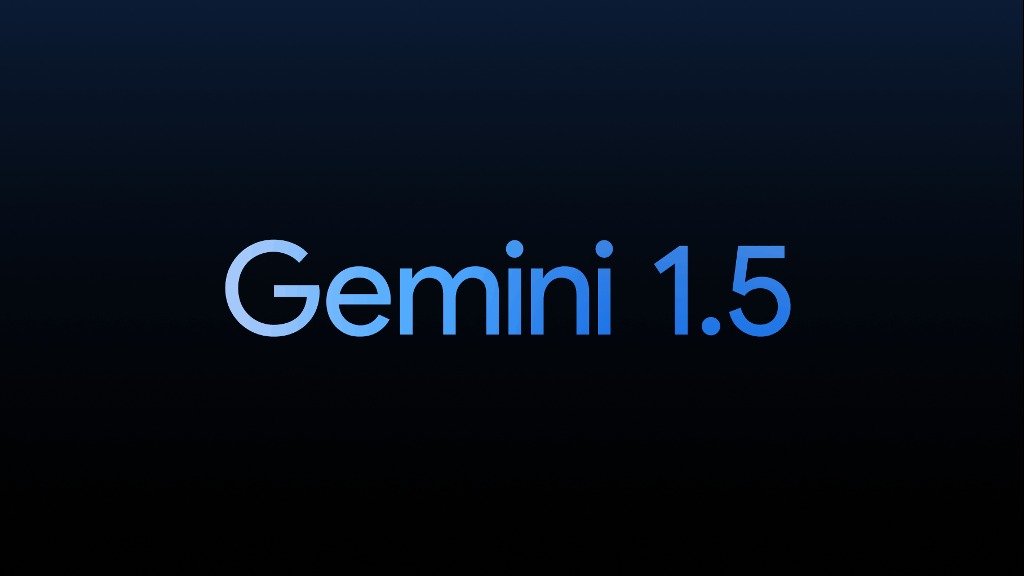
 AI12 months ago
AI12 months agoGoogle Pixel 9 Pro may come with a complimentary one-year Gemini Advanced subscription
-

 News1 year ago
News1 year agoBreaking: Samsung Galaxy S22 may get Galaxy AI features
-
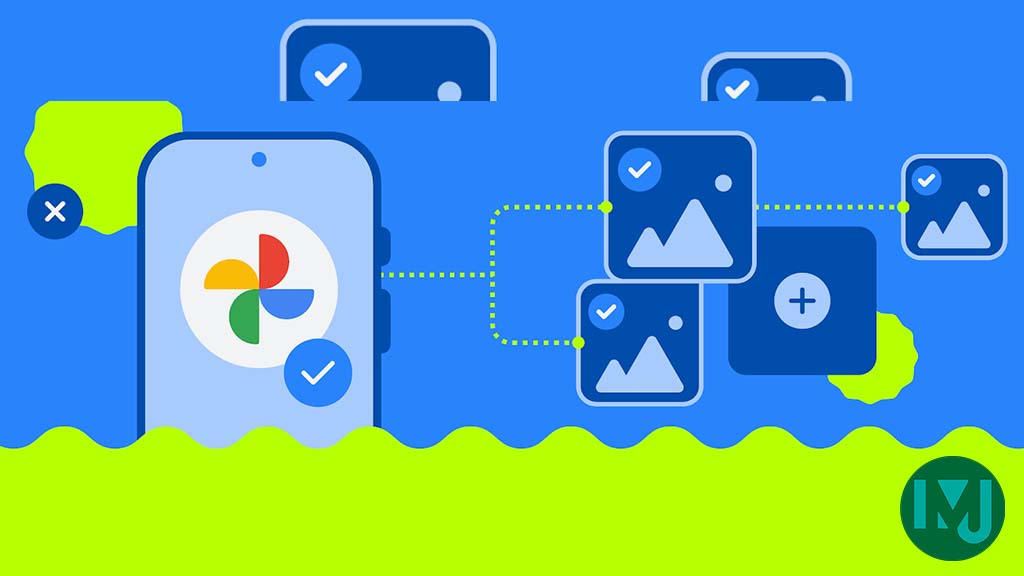
 Apps12 months ago
Apps12 months agoGoogle working on a new video editing feature for its Photo app
-
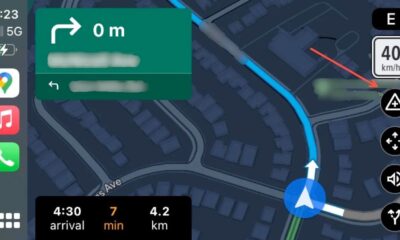
 Apps12 months ago
Apps12 months agoGoogle Maps lets you report traffic jams and accidents on Apple CarPlay, but not on Android Auto
-

 Apps12 months ago
Apps12 months agoGoogle Messages app will transform MMS chats into RCS

